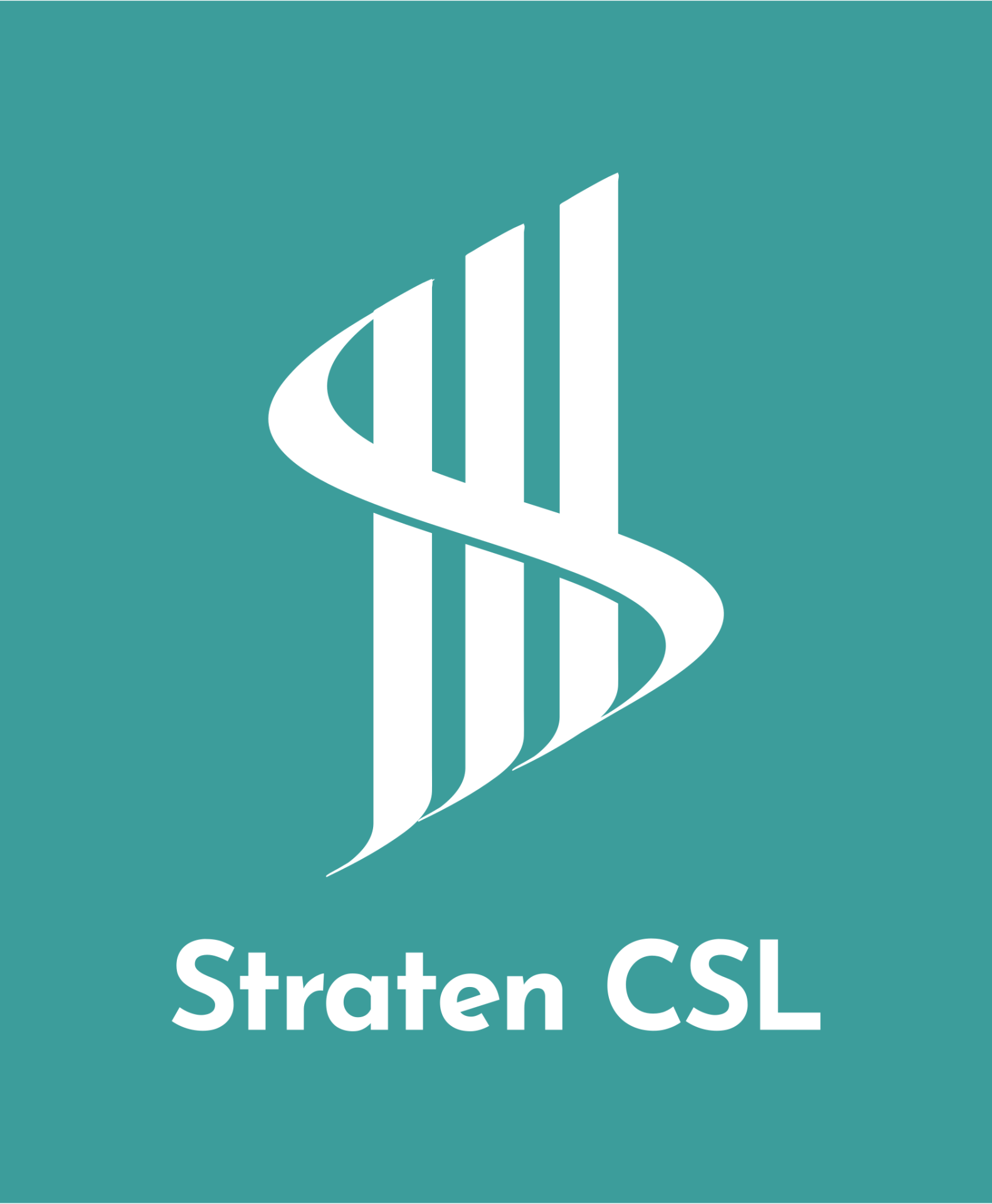The EUROCONTROL European Aviation Overview (Week 21, 2025) reveals an industry surging forward in traffic volume—yet throttled by outdated systems, persistent bottlenecks, and procedural inertia. Despite advances in technology, aviation in Europe is still applying old rules to new realities. It’s not just inefficient—it’s unsustainable.
The Data Doesn’t Lie: Capacity Is Maxed Out
- 32,917 flights per day, up 4% from 2024—exceeding pre-COVID levels (102% of 2019).
- ATC capacity and staffing delays were the top cause of en-route delay (59%).
- Passenger traffic at the top 40 airports increased 4% year-on-year in Q1 2025.
- Punctuality remains below 2019 levels—only 71.1% of departures were on time.
- Jet fuel prices rose 4% in two weeks, amplifying cost pressures.
The industry has recovered, but the infrastructure and governance model haven’t. The response to this growth—small adjustments and minor upgrades—is akin to adding lanes to a motorway while keeping the same speed limits, tollbooths, and junctions.
Applying New Tech with Old Rules: A Recipe for Failure
The industry has welcomed innovations—remote towers, advanced surveillance, digital clearance systems, and AI-enabled flow management tools—but they remain constrained by procedural and structural frameworks designed for a bygone era.
This is where disruptive technologies must not only be introduced but fully integrated into regulatory, operational, and commercial frameworks.
Spotlight on SmartSlot by SASI: A Game-Changer
Among the most promising disruptive innovations is SmartSlot by Strategic Aviation Solutions International (SASI). Unlike legacy slot allocation systems based on seasonal schedules and rigid historic rights, SmartSlot uses real-time data, AI, and machine learning to:
- Dynamically allocate slots based on capacity, demand, and actual performance.
- Optimize the utilisation of scarce airport infrastructure.
- Enable cross-airport slot coordination to improve regional and network-wide throughput.
- Provide transparent, equitable slot distribution aligned with environmental goals and real-time operational data.
In an environment where the top 10 States grew flights by 2.5% while system-wide delays increased by 60% in a week, SmartSlot offers a scalable and future-proof alternative to slot rigidity that directly addresses delay causality.
What Disruption Should Look Like
To truly address Europe’s capacity crisis, the aviation ecosystem must embrace disruptive transformation, not incrementalism:
✅ SmartSlot and Dynamic Slot Allocation – Replace seasonal slot inertia with live capacity management.
✅ Trajectory-Based Airspace Redesign – Build cross-border Free Route Airspace (FRA) with machine-learning supported conflict prediction.
✅ AI-Driven Flow Management – Use predictive analytics for demand-capacity balancing and hotspot deconfliction.
✅ Integrated Airport-Airspace Collaboration – Align airport operations with en-route capacity using real-time collaborative platforms.
✅ Pan-European ATC Workforce Strategy – Move toward a unified, scalable staffing and rostering model to mitigate chronic shortages.
Conclusion: Disruption Is No Longer Optional
Europe’s aviation system is at a strategic inflection point. Traffic is growing, the technology exists, but the rules, structures, and culture are stuck in the past. As ATC delays rise and airport performance lags, the industry must break with legacy constraints.
SmartSlot by SASI and other disruptive technologies offer not just relief but a vision for a smarter, more agile, and scalable system. But these tools are only as effective as the system that allows them to operate.
The message is clear: it’s time to disrupt—or risk gridlock.

